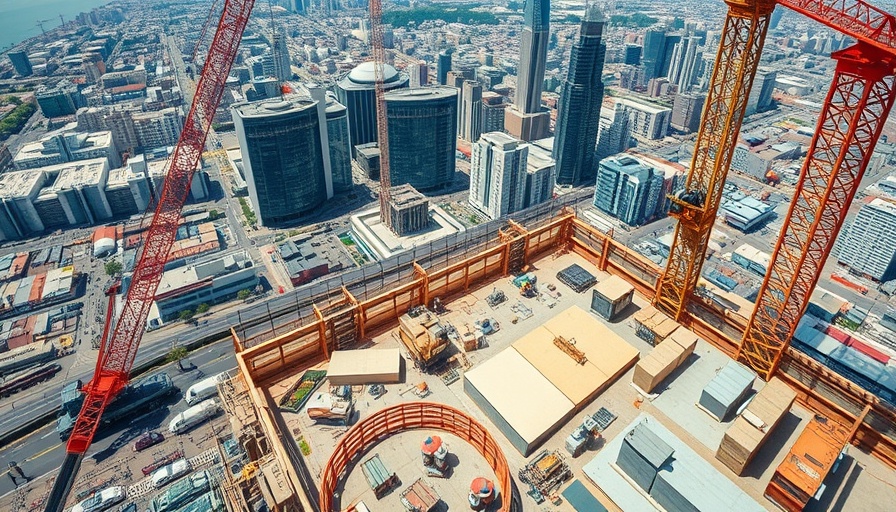
Stamp Duty: A Vital Component of Home Buying
Buying a home is often one of the most significant investments in a person's life. For young homeowners in London excited about purchasing new builds, understanding the financial implications is essential. This excitement can quickly diminish if buyers overlook the associated costs, particularly stamp duty. This article will unravel what stamp duty is and why it matters, focusing on new builds.
What Is Stamp Duty and Who Pays It?
Stamp Duty Land Tax (SDLT) is a tax levied by the UK government on property purchases over a certain threshold. Specifically, anyone buying residential property in England and Northern Ireland pays this tax, which varies based on the price of the property. With the recent adjustments to stamp duty rates, it is crucial to factor this cost into your budgeting as you venture into home ownership.
The rates as of April 2025 are structured progressively, with no tax on properties up to £125,000, 2% for those between £125,001 and £250,000, and continuing upwards to 12% for properties above £1.5 million. These alterations mean that many prospective homebuyers, especially those eyeing properties in London, now face higher financial outlay due to expanded taxable bands.
New Builds and Stamp Duty: What’s the Verdict?
Yes, you must pay stamp duty on new build properties just as you would on existing homes. This pertains to the purchase price, regardless of whether the building is newly constructed or pre-owned. It is essential for buyers to ensure they are not misled regarding whether developers cover these costs—while it may be common for some to do so, it's best to verify such arrangements in writing.
How Is Stamp Duty Calculated on New Builds?
Calculating stamp duty on new builds involves the same price bands that apply to existing homes. However, it's essential to note that any additional costs tied to the purchase—such as fixtures or furnishings installed post-purchase—can also be factored into the taxable amount. Therefore, as you prepare for your exciting move into a new build, be sure to allocate extra budgetary considerations for these possible additions.
Making Sense of the Numbers: Financial Tips for Young Homeowners
As young homeowners, navigating finances can be overwhelming, and understanding how stamp duty affects your budget is crucial.
1. **Crunch the Numbers Early**: Before you commit, use an online stamp duty calculator to get a precise estimate of the costs associated with your purchase. Knowing how much you need to set aside can save you significant stress down the line.
2. **Explore Potential Discounts**: Some first-time buyers can benefit from relief schemes, reducing their stamp duty bill. Investigate potential eligibility for such programs as you embark on your property shopping journey.
3. **Consider Your Long-Term Financial Plan**: Beyond immediate costs like stamp duty, factor in other long-term expenses including maintenance and utility costs associated with owning a new build. Planning ahead gives you a clearer financial picture.
Why Understanding Stamp Duty Matters
Awareness of stamp duty is essential not only for financial planning but also for your peace of mind. An informed homeowner is an empowered homeowner. By understanding what costs to expect, you can navigate the home buying process with the confidence needed to make those big decisions.
In conclusion, while the allure of newly constructed properties is certainly enticing, equipping yourself with the right financial knowledge, including understanding stamp duty implications, enhances your buying experience. Don’t dive into the deep end unprepared; arm yourself with insights and act with intention.
If you’re ready to explore financing options or want more insights into buying a smart, sustainable new build, dive into expert advice and community resources. Let's develop a living space that reflects your individual style while being savvy about your financial health!
 Add Row
Add Row  Add
Add 




Write A Comment